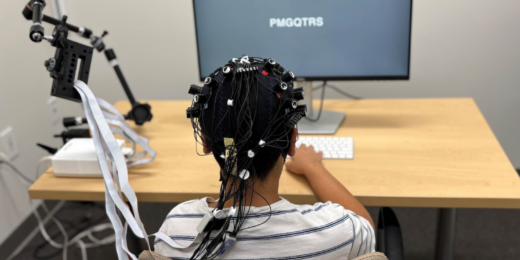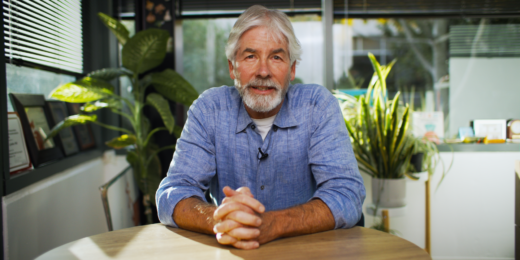Stanford Medicine cognitive neuroscientists show that a brain imaging tool with real-time feedback helps children with ADHD perform tasks that require working memory.
Category: Pediatrics
What COVID-19 taught us about protecting kids in future pandemics
Stanford Medicine infectious disease expert Yvonne Maldonado leads calls to ensure children are top of mind in preparing for future pandemics.
Understanding raw milk’s disease risk — and pasteurization’s importance
New Stanford Medicine research shines light on animal-borne disease risk from drinking raw milk and how it relates to recent bird flu concerns.
Can group texting therapy help new moms with depression?
When new or expectant mothers experience depression in the peripartum period, serious problems can manifest for those children down the line.
More beans, peas, lentils: A nutrition expert’s take on new guidelines
Americans are not eating well, Stanford Medicine's Christopher Gardner says, but he is hopeful that encouraging patterns of eating — such as the Mediterranean diet — will help us improve our habits.
Stanford Medicine launches new podcast, Health Compass
New Stanford Medicine podcast, Health Compass, focuses on the crucial research and important researchers moving health topics forward.
The cells that stoke the imaginations of Stanford Medicine scientists
Our researchers picked cells from all over the human body — cells of all shapes, sizes and abilities. From the brain to the heart to the intestines.
California excels at screening babies for main cause of childhood blindness
Vision damage from a complication of premature birth can be halted if it’s caught soon enough — and a California Perinatal Quality Care (CPQCC) and Stanford Medicine-led study shows the state’s screening process is helping close racial gaps.
From ballet to medicine, a love of stories has driven this bioethicist
Stanford Medicine bioethicist Tyler Tate found high levels of success in ballet, miming, acting, fencing and collegiate tennis. But his love of storytelling ultimately led him to medicine.
The inflammation connection: Kids with PANS at high risk for arthritis
‘We’re like inflammation detectives!’ says Stanford Medicine’s Jennifer Frankovich. Parsing out pain and inflammation is just part of discovering why kids face debilitating psychiatric effects of a distressing disease.
How the tobacco industry began funding courses for doctors
Earlier this year, the largest tobacco company in the world paid millions to fund continuing medical education courses on nicotine addiction —16,000 physicians and other health care providers took them.
How gaps in pediatric obesity treatment make access inequitable
Thomas Robinson wrote an editioral about the new guidelines, outlining what treatments got the top recommendation, and how gaps in the healthcare system make access to the best treatments inequitable.
Shades of pain: Understanding diversity in pain management
Managing pain requires a tailored approach, especially in overcoming cultural and language barriers between a patient and provider.
From farmworker to doctor: A bold dream is reuniting her with her Indigenous community
Gianna Nino-Tapias knows the challenges of migrant farmworkers better than most. Her mother continues to pick blueberries daily. She plans to use her medical degree to help integrate and advocate for better health care.
In the age of fentanyl, factual drug education can save teen lives
Toolkits designed by Stanford Medicine researchers are helping teens think critically about the choices they make around substance use these days, from tobacco to cannabis to pills that could contain fentanyl.
How a cultural exchange from Palo Alto to rural India is advancing perinatal health
The goal of a decade-old program started by Stanford Medicine's Nilima Ragavan is to foster the sharing of lessons and evidence-based best practices between clinicians in the U.S. and India.

















